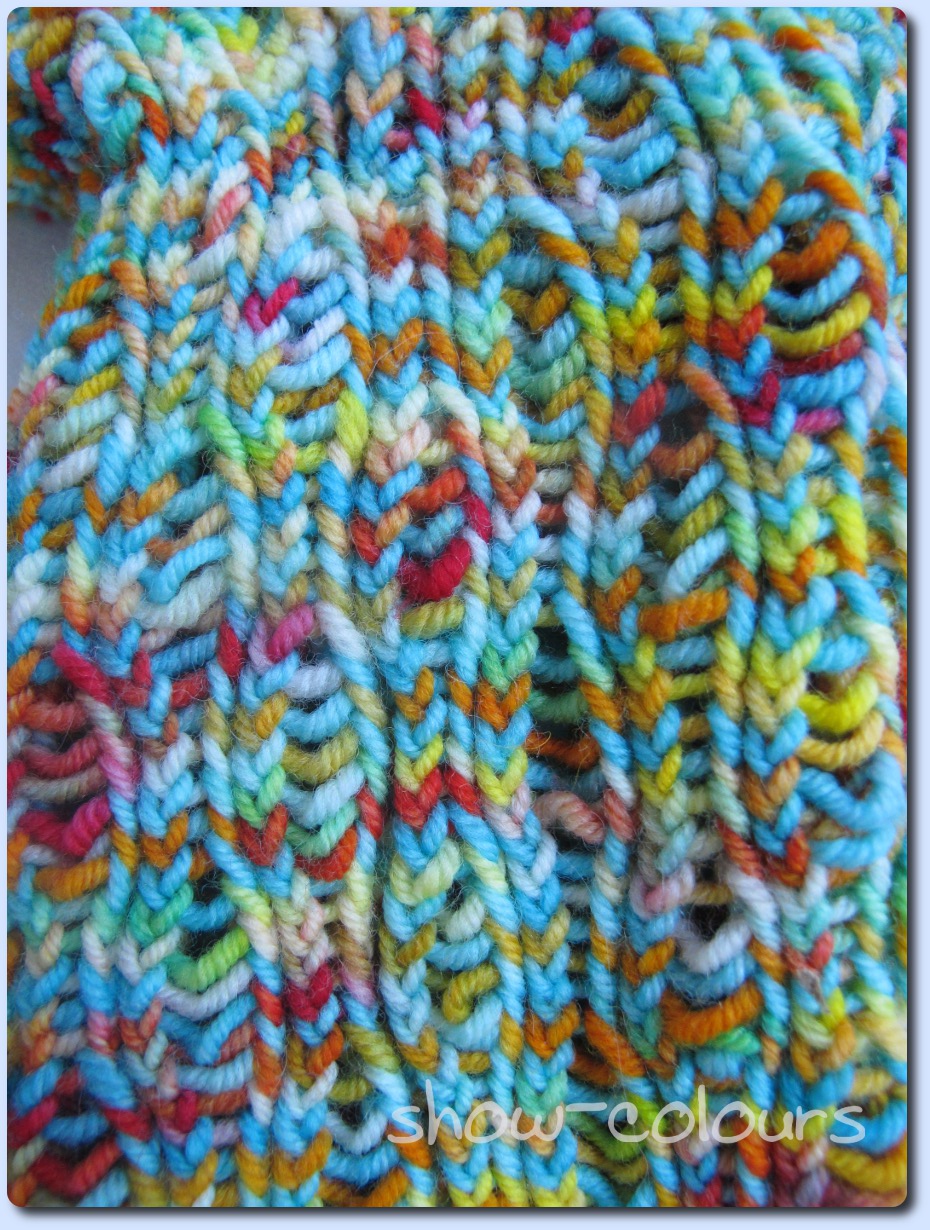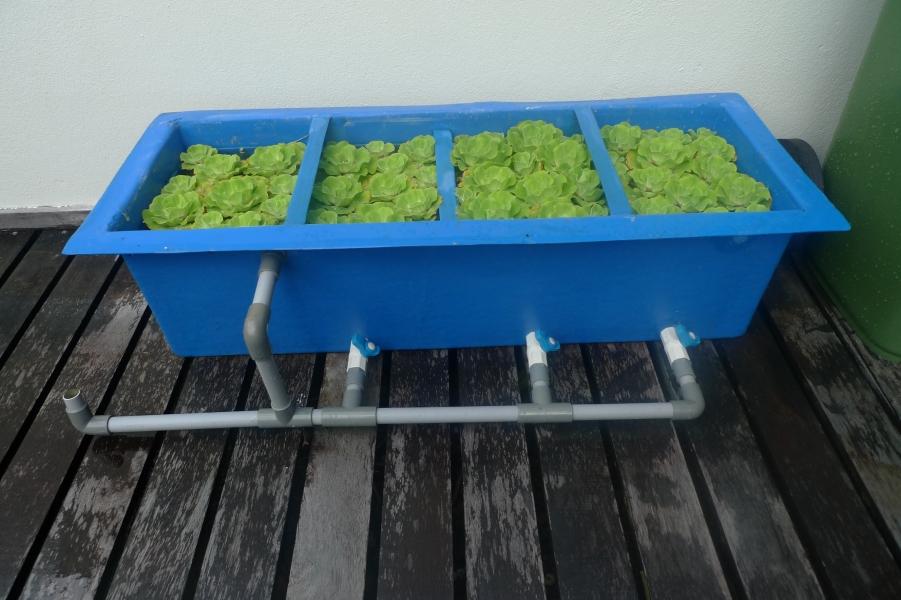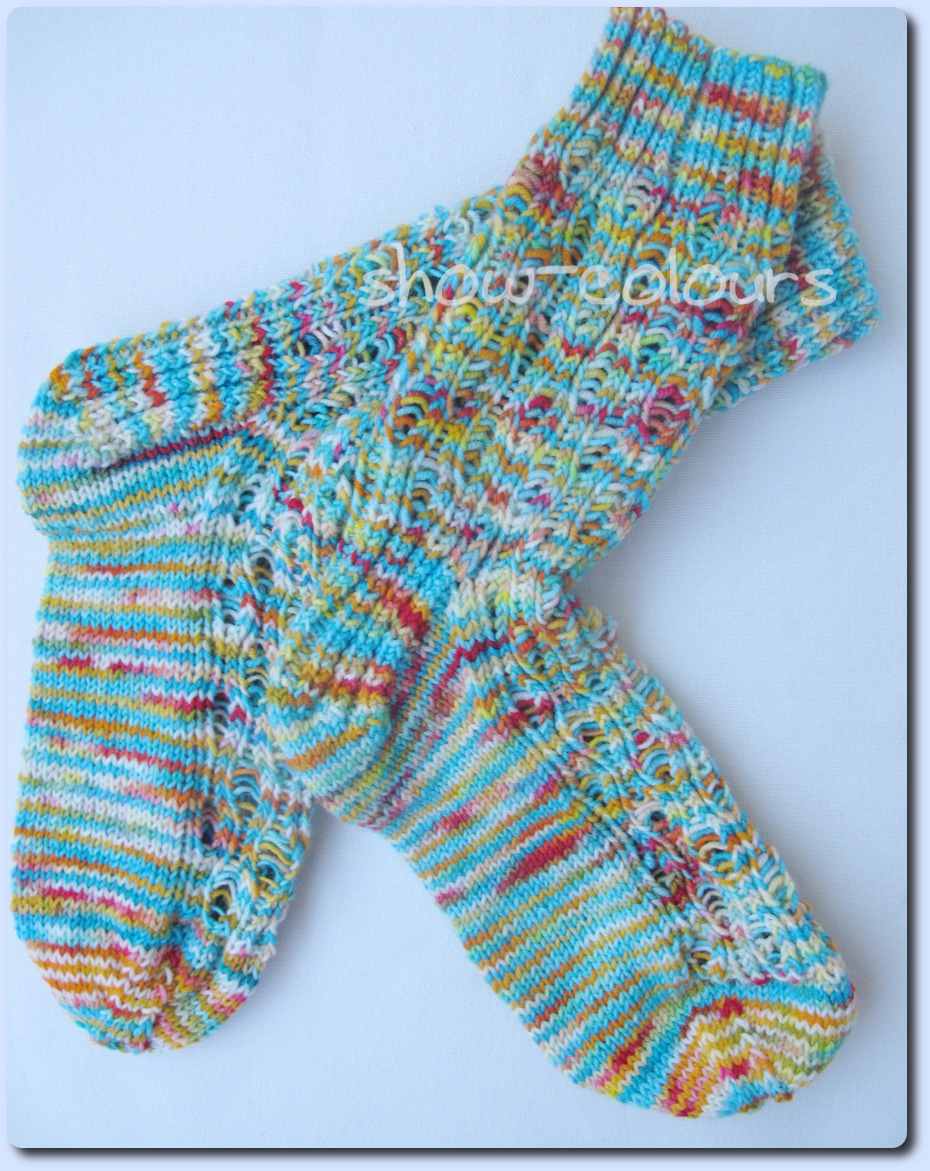
The Ultimate Guide to choosing the perfect Filter Socks for Koi Pond: Tips, Tricks, and Ideas
The Importance of Filter Socks for Maintaining a Healthy Koi Pond
A koi pond is a beautiful addition to any backyard garden, but it requires regular maintenance to keep the water quality at its best. One of the most critical components of a healthy koi pond is the filtration system. A filtration system that is working correctly will help remove waste products, harmful bacteria, and other contaminants that can build up in the pond over time.
Filter socks are an integral part of any filtration system. These socks are used to capture large particles of debris that would otherwise pass through the filter and create additional buildup in the filter media. By using filter socks, you can help extend the life of your filter media, reduce the frequency of filter cleaning, and keep the water quality in your pond at its best.
Types of Filter Socks
There are two primary types of filter socks: mechanical and biological. Mechanical filter socks trap debris such as leaves, sticks, and fish waste, preventing them from entering the pond’s water column, while biological filter socks promote the growth of beneficial bacteria that break down organic waste products in the water.
Mechanical filter socks are often made of polyester material and come in various micron sizes, ranging from 50 to 300 microns. The micron size of the filter sock you choose will depend on the size of particles you want to trap. For example, a 200-micron filter sock will trap larger debris than a 50-micron filter sock. If you have a lot of leaves or larger debris in your pond, you may want to consider using a coarser 200-micron filter sock to prevent clogging. On the other hand, if you want to trap smaller particles such as fish waste or uneaten food, a finer 50-micron filter sock may be the better option.
Biological filter socks are designed to promote the growth of beneficial bacteria in your pond. They are made of a porous material that allows water to pass through while providing a surface area for bacteria to grow. These socks should be placed after the mechanical filter sock to ensure that debris is removed before the biological filter sock, allowing the bacteria to work more effectively. It is important to note that biological filter socks require regular cleaning to prevent clogging and maintain optimal bacterial growth.
Choosing the Right Filter Socks for Your Koi Pond
Choosing the right filter socks for your koi pond depends on several factors, such as the size of your pond, the number of fish, and the amount of debris that falls into the water. Here are some tips to help you choose the right filter socks:
Determine Your Pond Size
The size of your pond will determine the size of your filter sock. A filter sock that is too small for your pond will not be effective in removing debris, and a filter sock that is too large can impede water flow and cause water quality issues. Use the pond’s length, width, and depth to calculate the total number of gallons and choose a filter sock that is appropriate for your pond’s size.
Consider the Number of Fish
The number of fish in your pond will impact the amount of waste they produce and the frequency of filter cleaning required. A larger number of fish will produce more waste and require more frequent cleaning than a smaller number of fish. Consider the amount of fish you have when choosing the micron size of your filter sock. If you have a large number of fish, you may want to choose a finer micron size to capture smaller particles of waste.
Evaluate the Debris in Your Pond
The amount and type of debris in your pond should also be considered when choosing the right filter sock for your pond. If your pond is located in an area with a lot of trees, you may need a coarser filter sock to prevent clogging from leaves and twigs. If your pond has a lot of fish, you may need a finer filter sock to capture smaller particles of waste.
Installing Filter Socks in Your Koi Pond
Installing filter socks in your koi pond is a straightforward process. Place the mechanical filter sock in the first chamber of your filtration system, followed by the biological filter sock in the second chamber. Be sure to follow the instructions provided by the manufacturer, as different filter socks may have specific installation requirements. It is also essential to clean and replace your filter socks regularly, as they can become clogged over time and lead to water quality issues.
Conclusion
Filter socks are an essential component of any koi pond filtration system and play a vital role in maintaining water quality, reducing maintenance, and promoting the health of your fish. By choosing the right filter socks for your pond and installing them correctly, you can enjoy a beautiful and healthy koi pond for years to come.









